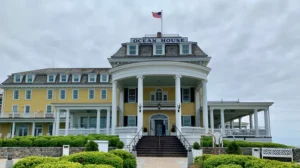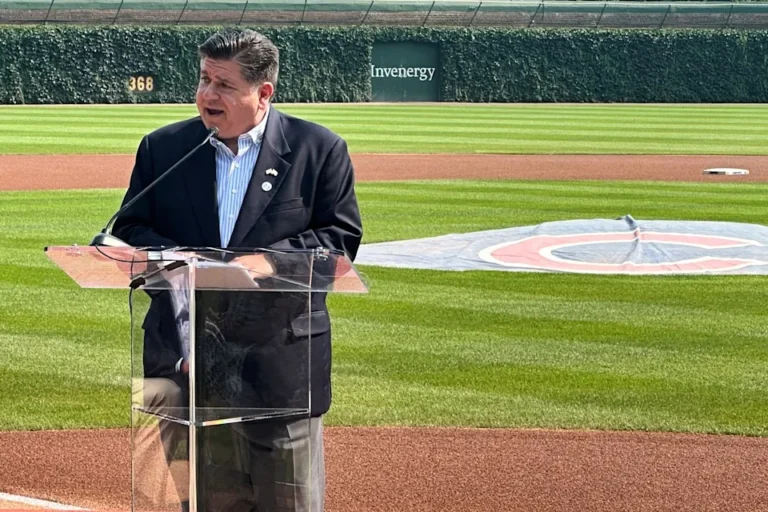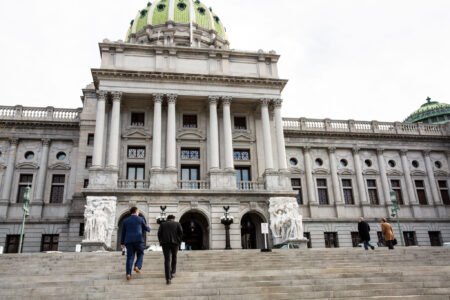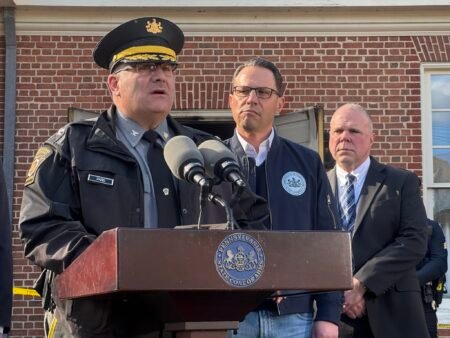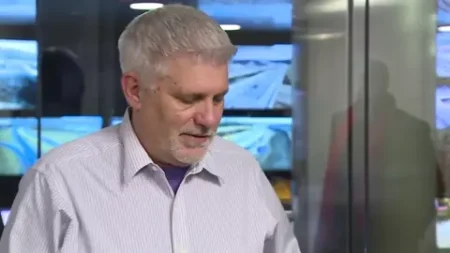While Democrats face major challenges in Washington, their governors are stepping into the spotlight. With 23 Democrats leading states across the U.S., many party members now see them as a powerful alternative to federal leadership. These governors are making real policy changes and showing voters that the Democratic Party can still deliver results.
Anderson Clayton, the North Carolina Democratic Party chair, recently invited Illinois Governor J.B. Pritzker to speak at a key event. She described him as someone who gets things done and can stand up to Donald Trump. Clayton said she wanted people to hear from someone who holds real power, not just a voice in Congress.
Many Democratic strategists and voters agree. With Trump back in the White House and Republicans in control of Congress, Democrats are looking to governors for direction. These leaders could help shape the party’s strategy for the 2026 midterms and the 2028 presidential race.
Despite losses in Washington, some governors say Democrats are not in retreat. Maryland Governor Wes Moore highlights his work on jobs, public safety, and economic growth as proof that progress is still possible. He compares the current moment to the Civil Rights era, where leadership came from many different places.
New Jersey Representative Mikie Sherrill, now a candidate for governor, said the appeal of being a governor is simple: you can’t blame others. As governor, you have to take responsibility and deliver results. Former Representative Abigail Spanberger is also running for governor in Virginia, a key 2025 race.
Democratic governors have already made major policy gains. Michigan’s Gretchen Whitmer and Arizona’s Katie Hobbs have worked to relieve medical debt. Pritzker raised Illinois’ minimum wage to $15 an hour. In Kansas, Governor Laura Kelly cut grocery taxes while working with Republicans. Kentucky’s Andy Beshear and former North Carolina Governor Roy Cooper expanded Medicaid in states with GOP-led legislatures.
Jessica Mackler, head of Emily’s List, praised Democratic governors for protecting abortion rights after the Supreme Court’s 2022 decision. She also highlighted their efforts to defend transgender health care, even in conservative states like Kentucky.
While some governors, like Pritzker and California’s Gavin Newsom, openly criticize Trump, others focus more on policies. Sherrill noted that many voters feel frustrated with rising costs. She blames Republican tax and trade policies for hurting working families. She says Democrats must offer real solutions, not just attack Trump.
Sherrill shared that when speaking with voters in New Jersey, many simply ask for someone who can deliver results — not more political drama. For them, it’s about local needs and real outcomes.
The road ahead is not easy, but there are signs of hope. Democratic strategist Bradley Beychok admitted that losing the presidency and both houses of Congress is difficult. But he pointed out that Democrats still managed key wins at the state level. In recent years, they’ve flipped nine governors’ offices, and only one Democratic governor has lost since then.
Clayton said these victories show that voters are willing to split their ballots. They may vote Republican for president but still choose a Democratic governor who delivers. She believes the party must now apply that same strategy to federal races.
Looking forward, a win by Spanberger in Virginia could bring the number of Democratic governors to 24 ahead of the 2026 elections. That year, 36 governorships will be on the ballot.
History shows that governors often go on to win the presidency. Bill Clinton, George W. Bush, Ronald Reagan, and Jimmy Carter all made that leap. Today’s Democratic governors are already visiting early primary states, setting the stage for possible 2028 runs — even if they say they’re not focused on it yet.
Governor Wes Moore summed it up clearly: “We don’t have the time” to think about 2028. Right now, they are busy running their states — and perhaps, leading the way forward for their party.



